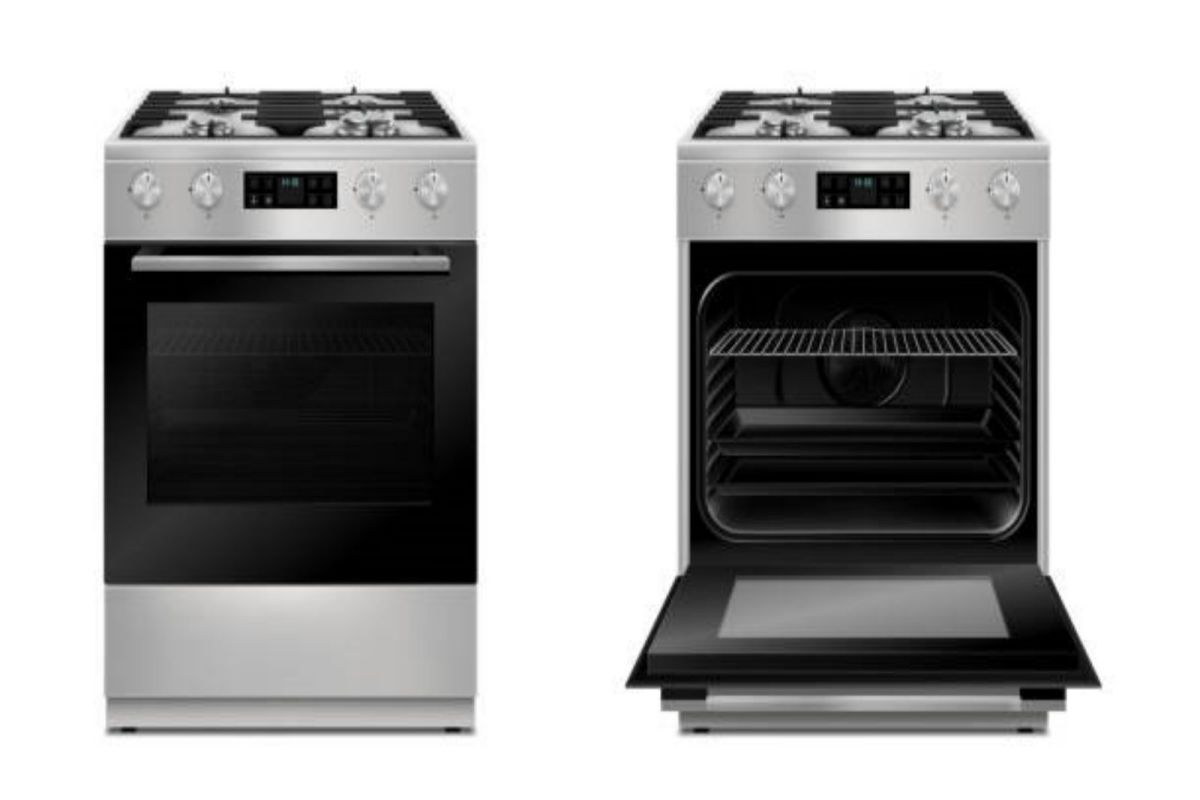The Importance of Gas Oven Parts
Gas ovens have become an essential appliance in many households due to their efficiency and convenience. However, like any other appliance, gas ovens require regular maintenance and occasional replacement of parts to ensure optimal performance. Understanding the different gas oven parts and their functions is crucial for troubleshooting issues and extending the lifespan of your oven. In this article, we will explore the various components that make up a gas oven and their importance.
1. Gas Burner Assembly
The gas burner assembly is the heart of a gas oven. It consists of the burner tube, burner head, and gas valve. When the oven is turned on, the gas valve opens to allow gas to flow into the burner tube. The burner head then ignites the gas, creating a flame that heats up the oven cavity. If you notice uneven heating or a weak flame, it may indicate a problem with the gas burner assembly.
2. Igniter
The igniter is responsible for lighting the gas burner. It is an electrical component that produces a spark or glow to ignite the gas. Over time, the igniter may wear out and fail to ignite the gas, resulting in a malfunctioning oven. If your oven is not heating up or takes a long time to heat, a faulty igniter could be the culprit.
3. Temperature Sensor
The temperature sensor, also known as the oven thermostat, measures the temperature inside the oven cavity. It sends signals to the control board, which regulates the heat output accordingly. If the temperature sensor is defective, the oven may not reach the desired temperature or overheat. It is essential to calibrate or replace a faulty temperature sensor to ensure accurate temperature control.
4. Oven Control Board
The oven control board is the brain of the gas oven. It receives input from the temperature sensor, igniter, and other components to control the oven's functions, such as temperature, timer, and cooking modes. A malfunctioning control board can lead to erratic oven behavior or complete failure. In such cases, professional repair or replacement may be necessary.
5. Safety Valve
The safety valve is a crucial component that ensures the safe operation of a gas oven. It is responsible for regulating the gas flow and shutting off the supply if it detects a dangerous gas leak or excessive heat. A faulty safety valve can pose a significant risk, and immediate repair or replacement is essential to prevent accidents.
6. Oven Door Seal
The oven door seal, also known as the gasket, creates an airtight seal between the oven door and the oven cavity. It prevents heat from escaping and keeps the oven's temperature consistent. A worn-out or damaged oven door seal can result in heat loss and uneven cooking. Replacing the seal can improve energy efficiency and cooking performance.
7. Oven Racks
Oven racks are the removable shelves inside the oven cavity where you place your food for cooking. They come in different sizes and materials, such as stainless steel or chrome. Over time, oven racks may become warped or corroded, making them difficult to slide in and out. It is important to regularly clean and inspect the oven racks for any signs of damage.
8. Broil Element
The broil element is responsible for providing high-intensity heat from the top of the oven for broiling food. It operates at a higher temperature than the bake element and can wear out over time. If you notice that the broil function is not working correctly or the food is not browning evenly, a faulty broil element may be the cause.
9. Bake Element
The bake element is located at the bottom of the oven cavity and provides the main source of heat for baking and roasting. It heats up when the oven is in baking mode and may require replacement if it becomes damaged or fails to heat up properly. A malfunctioning bake element can result in undercooked or unevenly cooked food.
10. Control Knobs and Buttons
The control knobs and buttons on the oven's control panel allow you to set the desired temperature, cooking mode, and timer. They are essential for operating the oven and selecting the desired settings. If the control knobs or buttons become loose, unresponsive, or damaged, it may be necessary to replace them for proper functionality.

